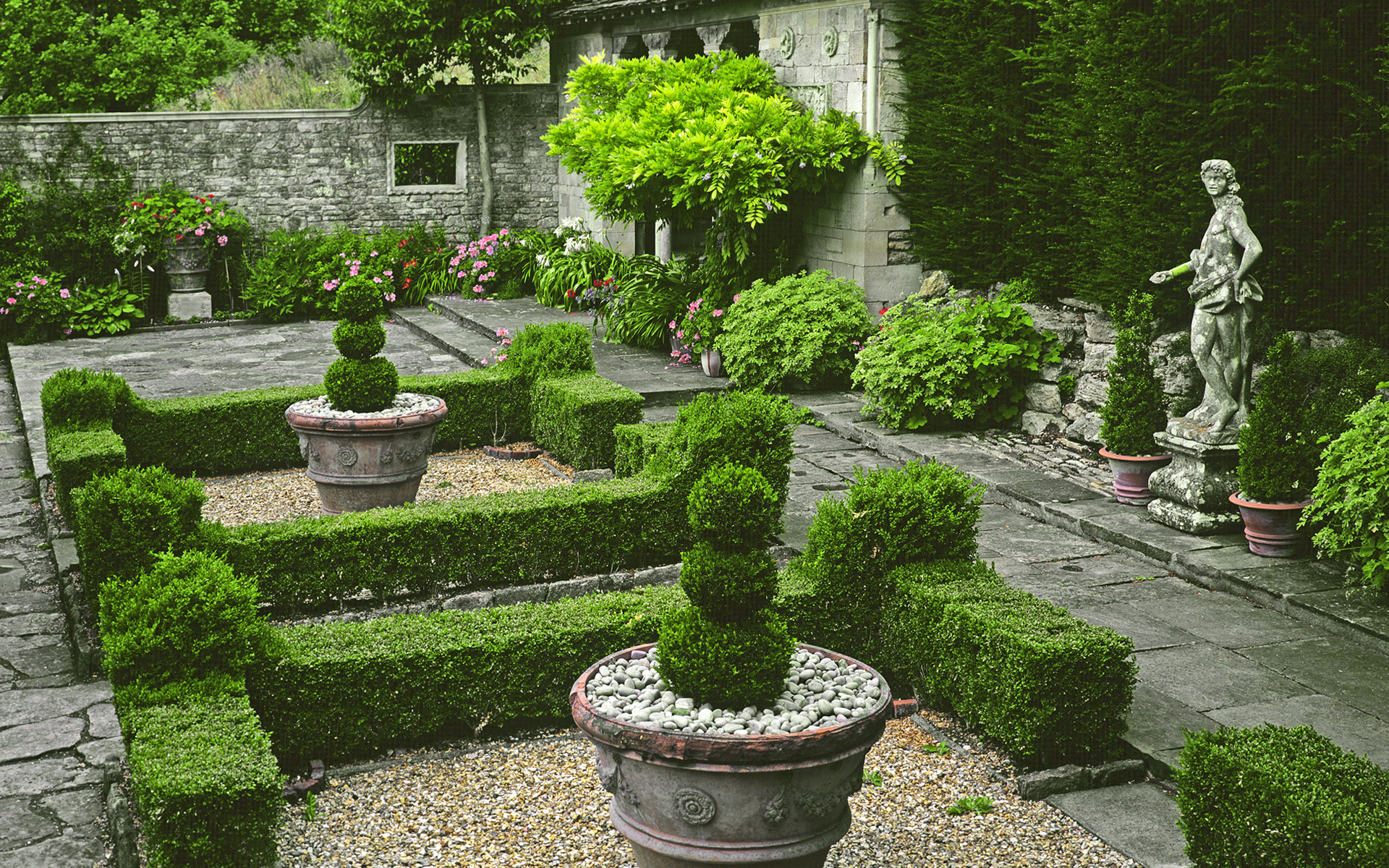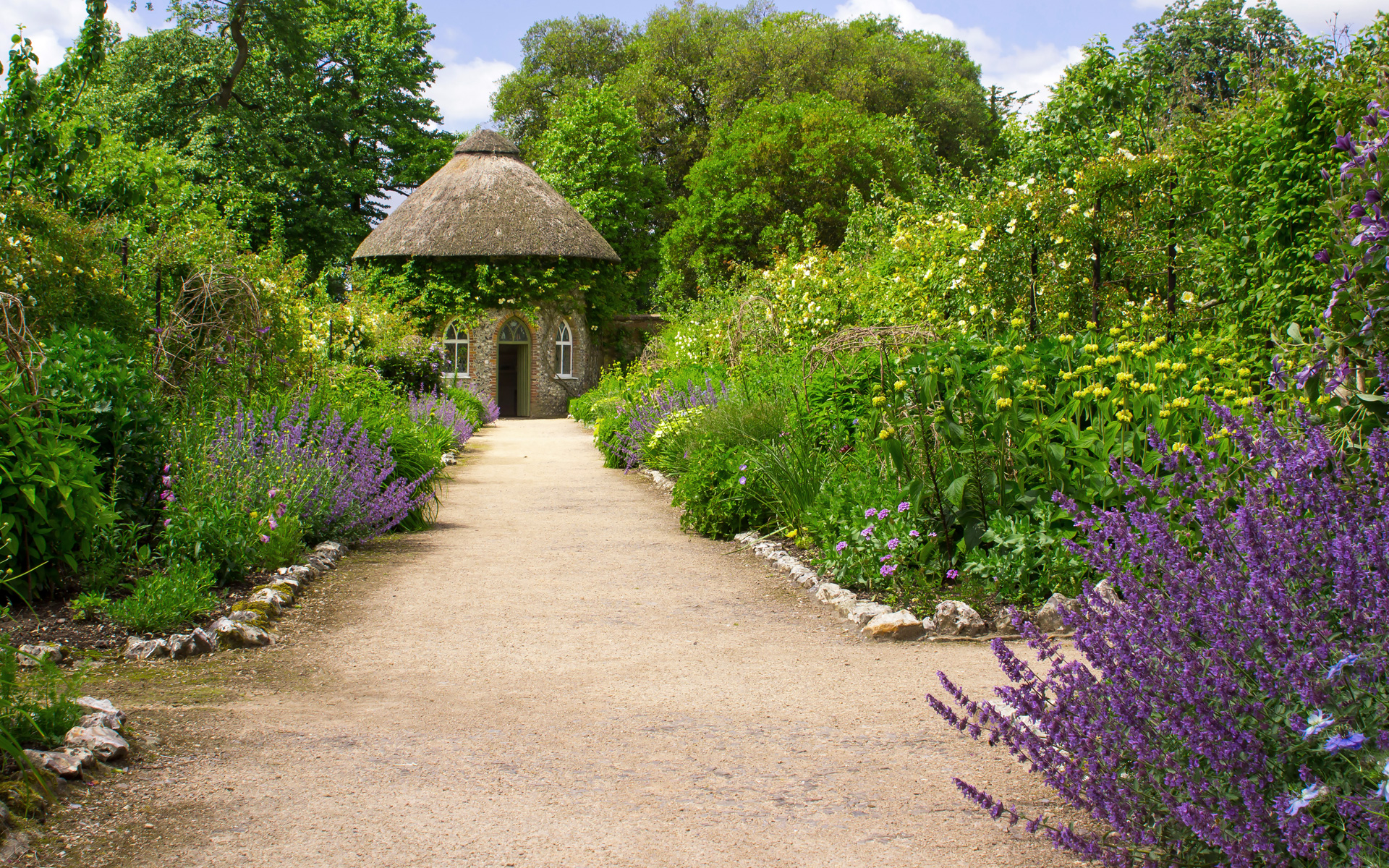Great British Garden Designers Harold Peto
London born Harold Peto was one of the leading architect and garden designers during the Edwardian period. Embracing the Italian renaissance through his love of travel and history he was influenced by the Arts and Craft movement of the time. Peto designed gardens in Hampshire, Surrey, Sussex, Somerset, and Dorset. Peto began his career as an architect working alongside Ernest George and well-respected Arts and Craft architect, Edwin Lutyens. After 21 years, the partnership dissolved, and it was from this pivotal moment in his career that he was soon to carve out his name as a well-respected and sought after English garden designer creating sumptuously stunning English garden designs.

Peto’s love of Italy and the renaissance style influenced not only architecture but also his garden designs, favouring formality over informal design. His love of history and exquisite creative flair was reflected through ancient architectural objects or fragments, placed in harmony alongside garden design features synonymous with Italian vogue. Beautiful ornate ceramic pots and elaborate statues were framed alongside wide paths and terraces leading from one design element to the other, with narrow canals and water features nestled within forming a neat and formal structure. Although his design style personified Italian renaissance, it was always done in sympathy and with respect to the English countryside and surrounding landscape. His planting style helped soften hard architectural design elements through grasses, Italian cypresses and topiary hedging.

In Hampshire, we are very fortunate to have two fine examples of Peto’s garden designs to appreciate and admire. Hinton Admiral near Christchurch and Walhampton near Lymingtofeature his stunning trademark designs. Peto’s love of Italy shines through as wide gravel terraces and grey slate terracing lead you through spectacular landscaping with architectural masterpiece balustrades where upon you can enjoy the vistas and beautiful surrounding landscape. Peto’s exemplary architectural form can be admired at Hinton Admiral where ornate vases and a beautiful sundial proudly takes centre stage, whilst Walhampton features stone statues and a magnificent fountain conjuring up elegance and grandeur. Both gardens are home to ‘exedras’, stone seating very much popular in Roman times, although they vary in style they still resonate Peto’s formidable style. Other beautiful garden designs by Peto include garden Architecture at West Dean House in Sussex, and Bridge House in Surrey.
Although Peto may not be as renowned as the likes of Gertrude Jekyll or Edwin Lutyens’, his influence on garden design should still be celebrated and appreciated today. His work brought a sensitivity to the traditional formal gardens, introducing texture and softening hard landscaping features with beautiful planting styles. Ornate artefacts with exquisite form celebrate renaissance and artistic creative style within a magnificent garden design carefully undertaken to add a sense of Peto masterpiece to the English countryside and surrounding rolling landscapes.
